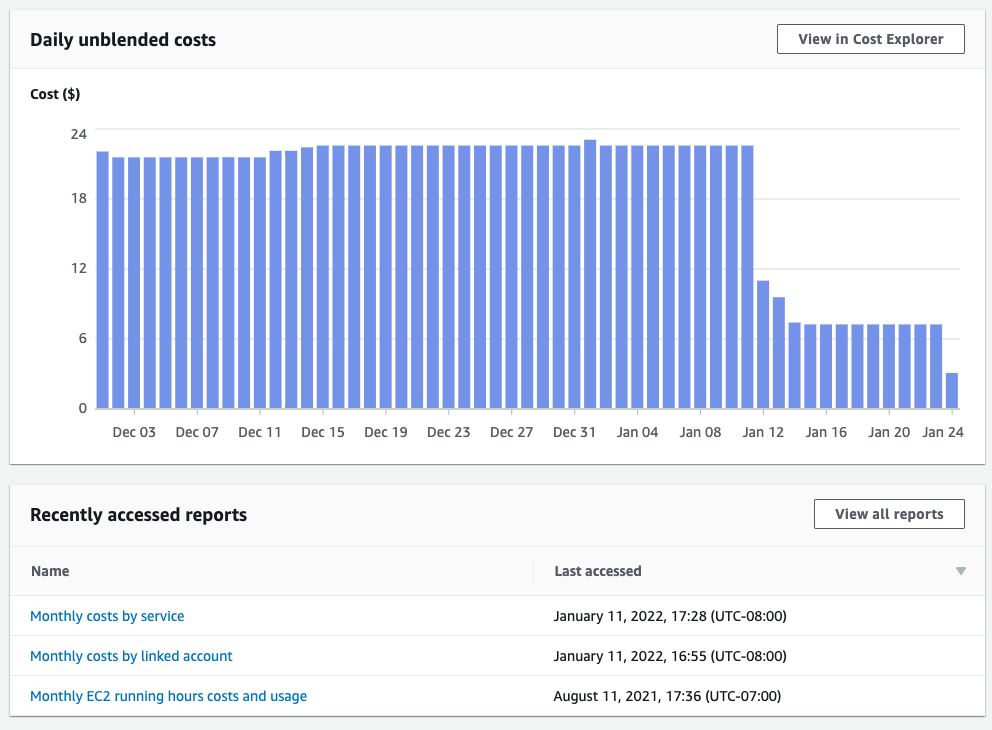When’s the last time we checked our credit card bills for those random expenditures? Fortunately for us, most charges are listed out in detail, and our bank may even categorize them for us. Netflix, Uber, etc.
On our corporate expenditures, more often than not we see a charge for our Amazon Web Services (AWS) account. We see the amount growing every month and grow curious. During this pandemic, if we’re not financially growing then we need to think about financially saving. After looking at this ever-growing bill from Amazon, you sit down and wonder; “how does this all break down?”
You log into your AWS account and realize you have no idea what you’re looking at. You go and grab a cup of coffee, and come back because you feel like you need to sit down to concentrate. You’re seeking answers but only find large chunks of charges but not any clue as it how they break down.
Even for people who consider themselves technologically savvy would have a hard time truly granulizing the charges; certainly they would be able to understand the charges at a high level; but at a low level what all are we paying for here?
While AWS is a great service and a common cloud solution for businesses of all types, the billing section almost seems overly complex; suspiciously complex. Are you overpaying and not realize it? Our team recently went into an AWS hosting account and realized that our customer was overpaying by 100% of what they needed. After a short audit, we saw that certain servers and server features were misconfigured, they were paying for things they “may” need but not used….ever.

For most of us, growing server cost correlates to our ability to service our customers. We should be happy about paying a large bill; however, when was the last time we sat down and analyzed our bills to make sure we’re operating at peak efficiency? Instead of wasting that money on something that we may not need, we could transfer the savings into more robust services.
The average cost for most applications hosted on Amazon Web Services are either in the low hundreds or low thousands (based on our internal assessment); certainly there are outliers across that entire cost spectrum, but we’re talking about the every day company that may not even have a dedicated IT team continuously looking at their servers; on that note even with a dedicated IT team, they may not know what they are looking at (at no fault to them, it’s just really hard to break down). If you were able to save 50% of the cost you are paying now, let’s say $500, where could that go? You could potentially set up another load-balancer to make your application more efficient for your customers or save that money for a rainy day.
Whatever the case, as we try to account for unaccounted spending, take some time and sit-down, look at the cost you’re already paying for and see if your money is working for your organization or if you’re just donating to the grand cause known as Amazon. If one cup of coffee is not enough to process this, then try two; if you need more help reach out for an audit. The cost will be overshadowed by the immediate long term savings.


